From Hive to Harvest: A Historical Journey of Beekeeping in the United States
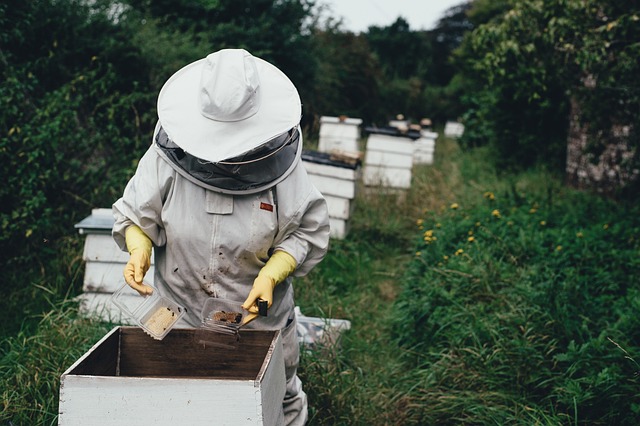
The history of beekeeping (apiculture) in the United States is a fascinating journey that mirrors the country's agricultural development and expansion.
Beekeeping practices have evolved over centuries, from indigenous methods to advanced commercial operations, playing a critical role in agriculture through pollination and honey production.
Here's an overview of the journey of beekeeping in the USA: A Summary with more interesting info to follow.
Pre-Colonial Times
- Indigenous Practices: Before European settlers introduced their honeybee species (Apis mellifera) to North America, Native Americans were already engaging in their form of beekeeping with native bee species. They utilized honey from wild bees and were known to encourage the habitation of bees in certain areas, although their practices were significantly different from the structured beekeeping introduced by Europeans.
17th Century
- Introduction of European Honeybees: The first European honeybees were brought to the North American continent in the early 17th century by English settlers. These bees were essential for the settlers, providing honey as a sweetener and beeswax for candles. The practice of beekeeping began to spread slowly as colonies expanded.
18th and 19th Centuries
- Expansion and Innovation: Beekeeping became more widespread throughout the 18th and 19th centuries. The invention of the movable comb hive by Lorenzo Lorraine Langstroth in the 1850s, which is still in use today, was a significant milestone. Langstroth's design allowed for the easy extraction of honey without destroying the hive, which was a revolutionary improvement over previous methods.
20th Century to Present
- Commercial Beekeeping and Challenges: The 20th century saw the growth of commercial beekeeping, with bees being transported across the country to pollinate crops. This practice has become crucial for the production of many fruits and vegetables. However, beekeepers have faced challenges such as Colony Collapse Disorder (CCD), varroa mites, and the impact of pesticides, which have threatened bee populations.
- Conservation and Organic Beekeeping: In response to these challenges, there has been a movement towards sustainable and organic beekeeping practices. Efforts to conserve native bee species and improve the health of honeybee populations have gained momentum. Community and urban beekeeping have also become more popular, reflecting a growing interest in local food production and environmental stewardship.
Looking Ahead
The future of beekeeping in the USA involves addressing the ongoing challenges of disease, pests, and habitat loss. Innovations in hive technology, breeding resistant bee strains, and improved practices for health and sustainability are critical areas of focus. The increasing public interest in beekeeping and the broader environmental movement offer hope for the support and expansion of healthy bee populations essential for agriculture and ecosystems.
Throughout its history in the USA, beekeeping has evolved from a necessary survival skill of early settlers to a sophisticated agricultural practice that balances commercial production with environmental conservation. Its continued evolution will likely reflect changing agricultural practices, technological advancements, and a deepening understanding of the intricate role bees play in our ecosystem.
Queen Bee Rearing
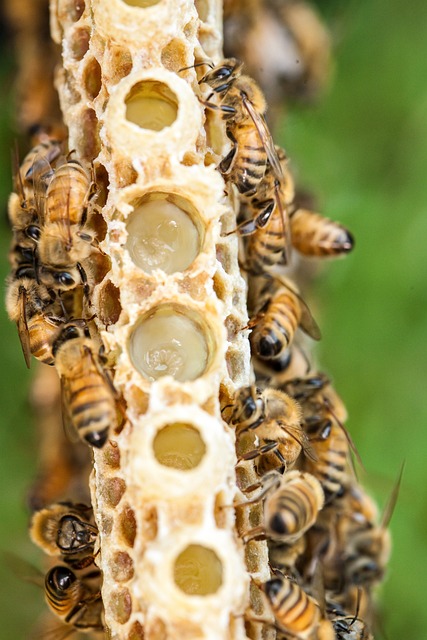
A market was soon created for young bees as the amount of colonies run by individual beekeepers became more.
In 1861, E.L Pratt, William Carey and Henry Alley, all natives to Massachusetts, started rearing queen bees for the purpose of selling.
They used narrow comb strips that contained eggs as well as larvae and which they fastened to partial or top bars.
Upon adding these materials to queenless swarm boxes, queen cells formed.
These queen cells were then individually distributed to queenless colonies for the purposes of mating.
Commercial Beekeeping
It is safe to assume that, from 1600’s all the way to 1800’s, honey was an item of local trade.
Most farmers as well as other villagers maintained a few bee colonies in box hives. This was to meet their needs, those of their friends as well as the needs of their neighbors.
The first person to rear bees for commercial purposes was New York State’s Moses Quinby. He reared bees as his only means of survival. He produced and sold honey. He is known to be the first person to design box hives which allowed harvesting of honey without killing the colonies.
After testing a couple of movable combs, Quinby switched to movable comb-type, abandoning box hives.
He then advised other people to also do the same.
After realizing the potential of movable comb-type, many of Quinby’s neighbors also resorted to this method and started to harvest honey on commercial scale.
As people began to use comb foundation, movable comb hives as well as improved honey extractors, commercial rearing of bees soon spread to other states.
However, the farmer’s chances to expand their operations and operate profitably were hampered by poor roads.
Rise in Manufacturing of Extracted Honey
After the First World War, there was a sharp decline of the amount of honey.
This was because it was difficult to ship this fragile product, it also had a short shelf life and chances of its combs leaking or granulating were quite high.
However, buyers got more confidence regarding extracted honey’s purity from Pure Food Law of 1906.
This consequently increased the demand for the product.
Another factor that led to increased production of extracted honey was the sugar-short era of First World War, as it increased the demand for the product.
The Honey-Packing Plants
As commercial producers of the product expanded their operations, it became difficult for them to pack as well as sell honey on retail market.
Thus, by 1920’s, specialized plants for packing honey were developed.
Today, these packing plants are more sophisticated as they can pack liquid or more smoothly crystallized honey.
The growth of the bee keeping sector has since become so remarkable, and it would be laughable for a latter day beekeeper to see the box hives that first beekeepers used.
Throughout its history in the USA, beekeeping has evolved from a necessary survival skill of early settlers to a sophisticated agricultural practice that balances commercial production with environmental conservation. Its continued evolution will likely reflect changing agricultural practices, technological advancements, and a deepening understanding of the intricate role bees play in our ecosystem.
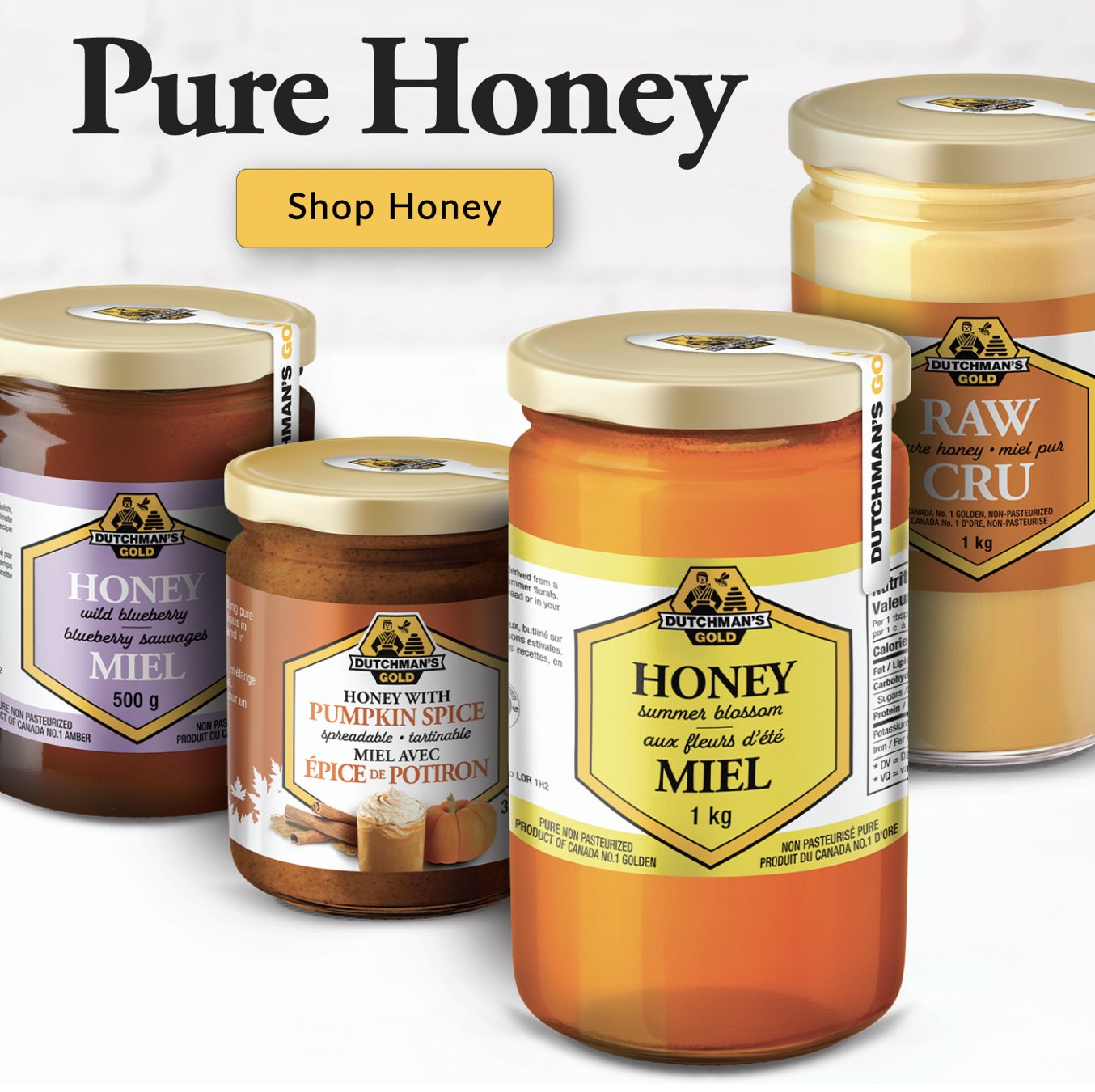
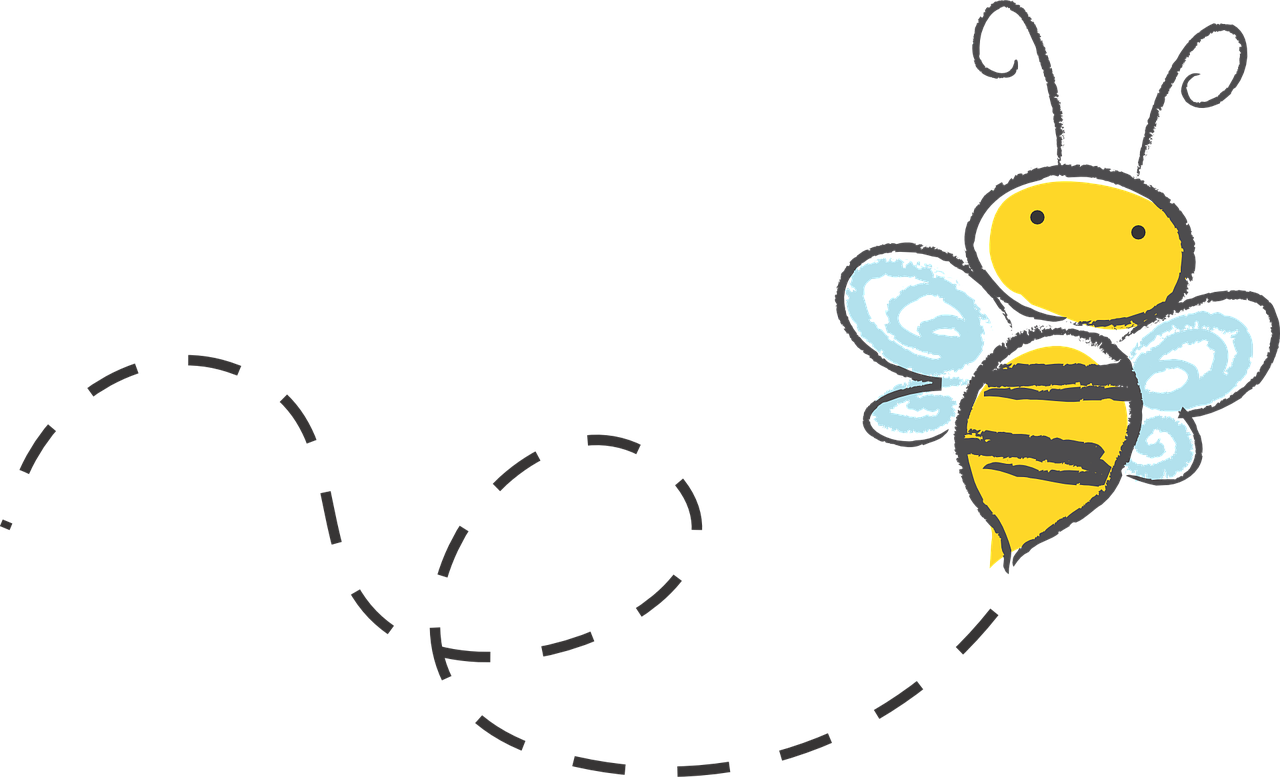
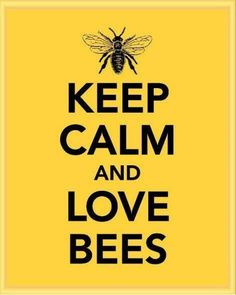

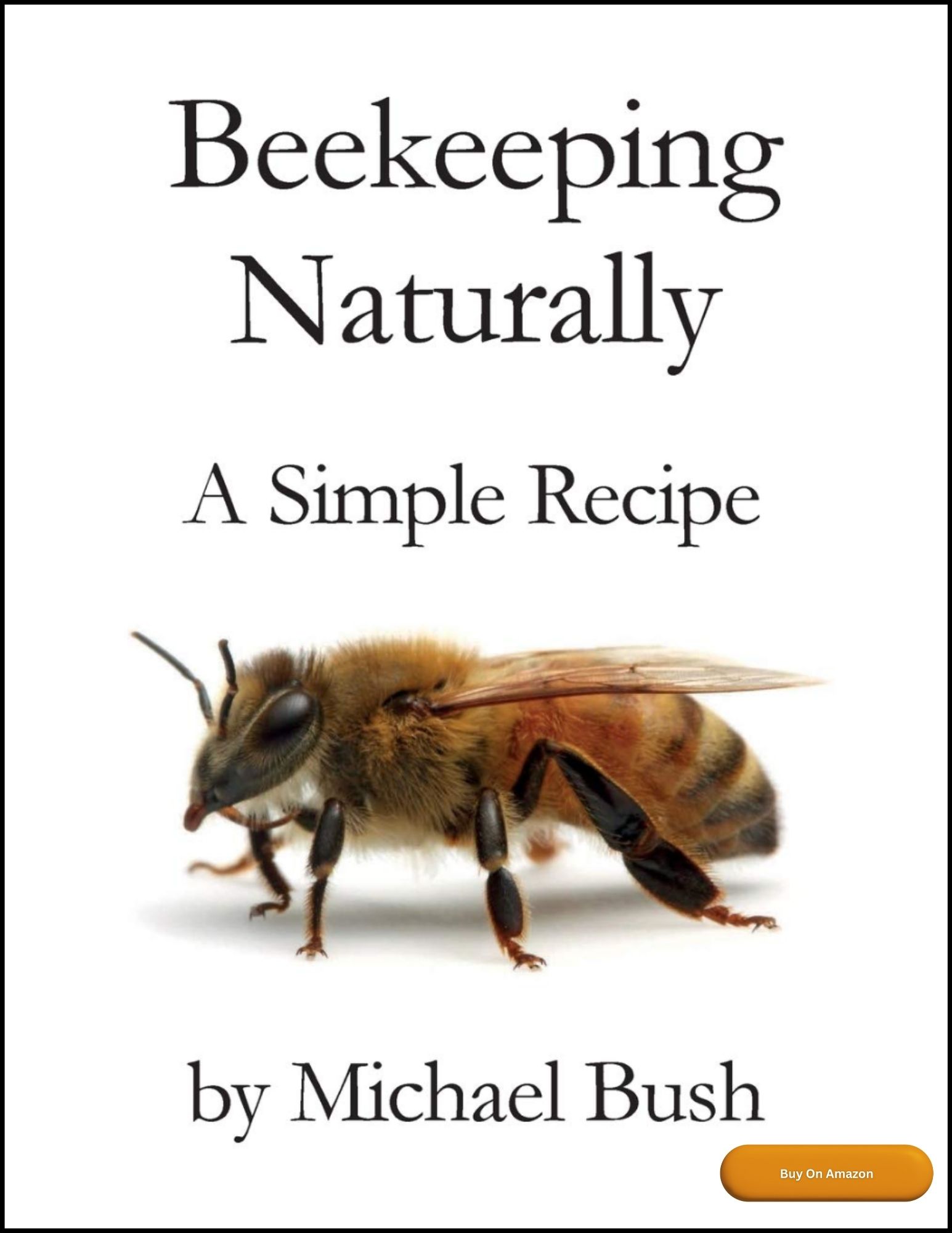
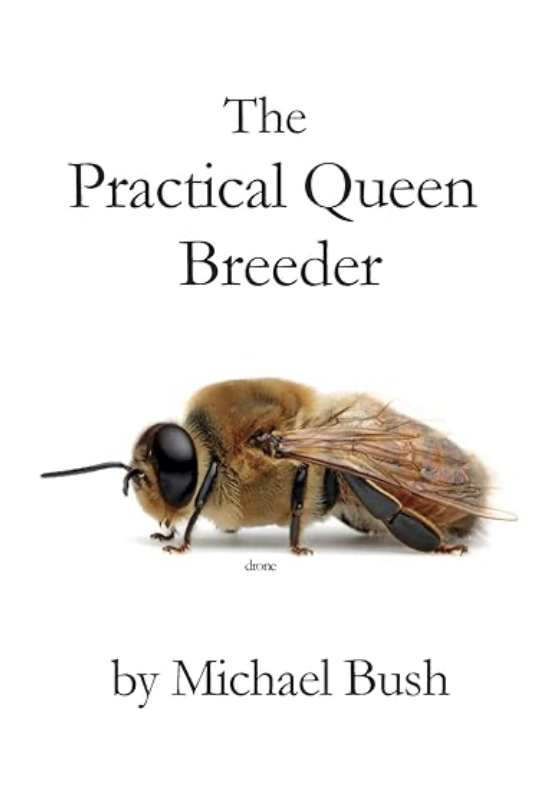
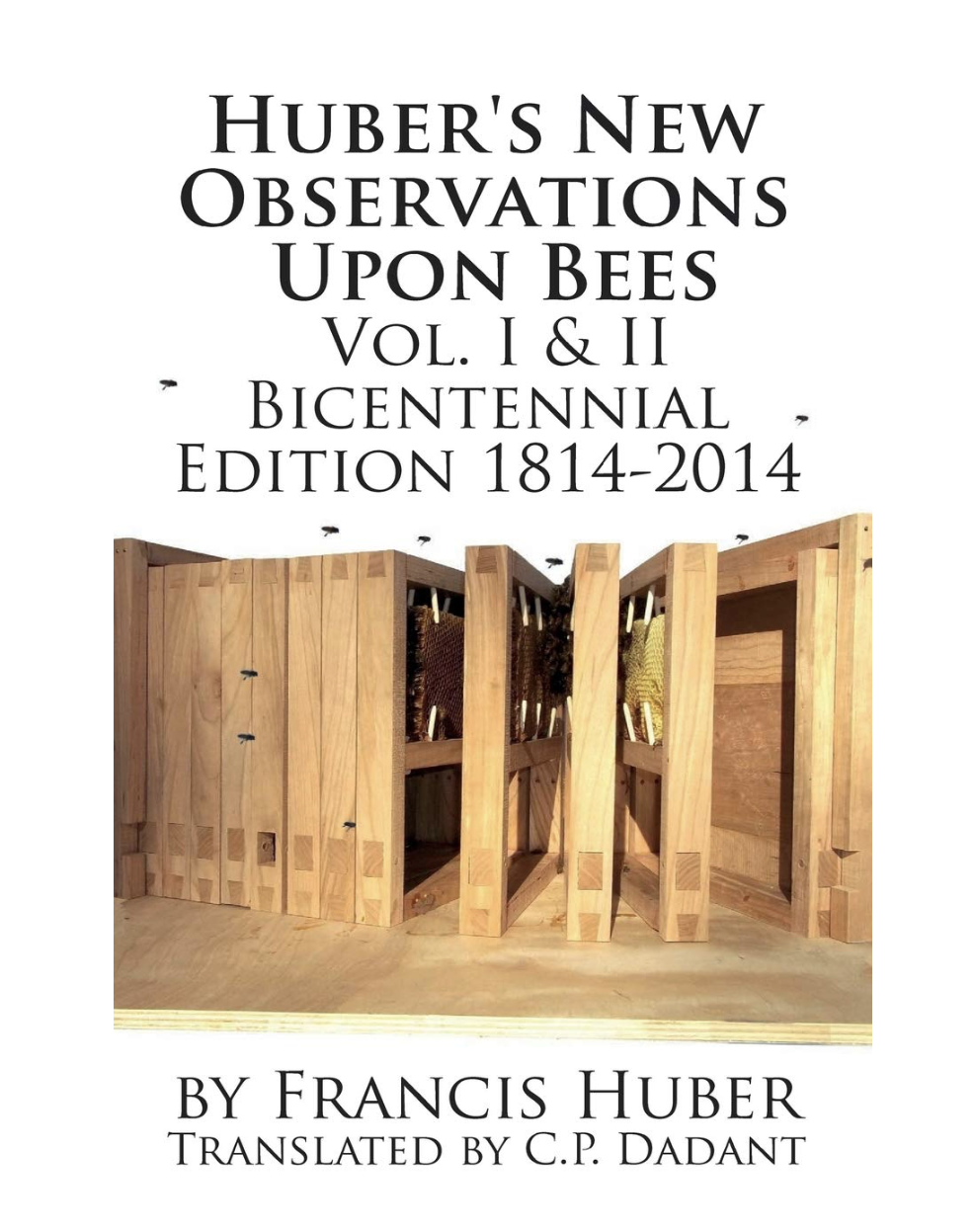
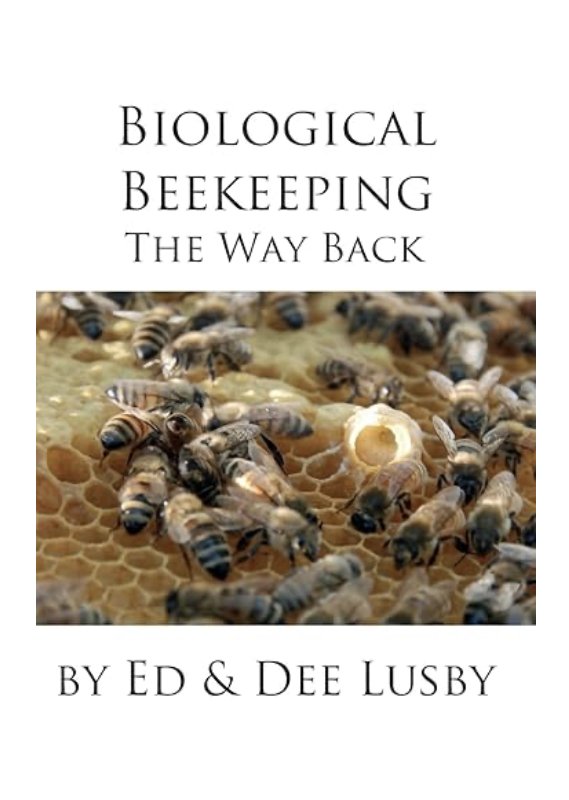

New! Comments
Have your say about what you just read! Leave me a comment in the box below.